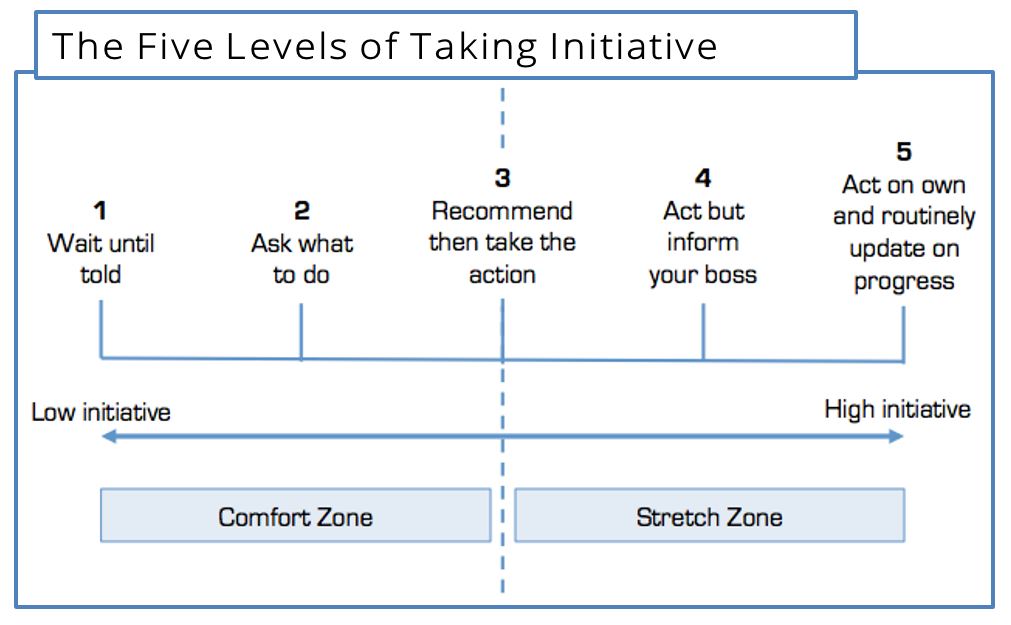Who's Got The Monkey?
 One of the biggest challenges facing leaders today is how to improve ways of working. However, spending time on this is often drowned out by day to day issues such as answering emails, running meetings, spending time with employees, and so on, and so on. The fact is that you can't improve anything unless you find some time to work "on" the business rather than only "in" the business.
One of the biggest challenges facing leaders today is how to improve ways of working. However, spending time on this is often drowned out by day to day issues such as answering emails, running meetings, spending time with employees, and so on, and so on. The fact is that you can't improve anything unless you find some time to work "on" the business rather than only "in" the business.
One of the most popular concepts with regard to how to release your time so that you can work "on" the business can be found in the popular Harvard Business Review article "Management Time: Who’s Got the Monkey?". The original article was written in the 70's and while the concepts are as relevant as ever, we think the monkey is getting a bit long in the tooth! So here's an abbreviated and updated version which includes some new thinking and self assessment questions.
Let's begin with...
The Three Types of Management Time
In any organisation, a manager’s time is always in high demand and managers often find themselves running out of time while their employees are running out of work. One of the characteristics of successful leaders is that they remain in control of their time.
Management time can be divided into three types:
- Boss-imposed time: for completing tasks required by higher-level management.
- System-imposed time: for completing tasks requested by peers.
- Self-imposed time: for completing tasks that the manager originates or agrees to do. This is subdivided into:
- Employee-imposed time: for duties originating from the members of the manager’s team.
- Discretionary time: for the manager’s own allocation – useful for long-term thinking, working on the organisation and individual development.
Have You Been Adopting Monkeys?
A useful analogy for managers aiming to control their self-imposed time is to think of the tasks and responsibilities of their employees as “monkeys”. (Please note we're referring to tasks and responsibilities as "monkeys" - definitely not employees!) This a concept most closely associated with William Oncken, Jr.’s Managing Management Time. Each time a manager takes on a task that should be the responsibility of an employee – even if there is good reason to do so – the “monkey” is transferred from the employee’s back to the manager’s. If the manager receives a monkey from each member of his/her team every day, the manager’s self-imposed time quickly becomes dedicated exclusively to the care of his/her employees’ monkeys – tending to responsibilities that are of a level below what the manager is paid to do – and the manager’s discretionary time completely disappears.
To illustrate this concept, let us imagine that a manager, Anna, is talking to John, a member of her team, about a problem he is having. Anna knows she will not be able to deal with the problem immediately, so she tells John that she will get back to him with a decision. In taking responsibility for the problem, Anna has just adopted John’s monkey and a demand on her self-imposed time. In addition, John has freed himself of a monkey and released some of his own time.
Anna speaks to three more members of her team that day, each one bringing three problems each. Anna unknowingly adopts nine more monkeys. If this continues every day for a five-day week, Anna finds herself caring for 50 monkeys by Friday afternoon. As she struggles under their demands and makes an attempt to prioritise caring for certain monkeys before others, a “bottleneck” begins to form: the members of her team are unable to continue with their work until the monkeys are fed and returned to their owners.
Soon, all of Anna’s self-imposed time is taken up with employee-imposed tasks – the monkeys. Anna cannot risk using some of her boss- and system-imposed time for dealing with the monkeys, but she has no remaining discretionary time either. She is trapped and her evenings and weekends suddenly seem under threat (this variety of discretionary time should not be spent caring for monkeys).
At this point, Anna remembers that these monkeys do not belong to her, but that she has voluntarily taken responsibility for their care. What is more, she understands that the more monkeys she adopts, the more monkeys she will be offered. Refusing to give up any more of her discretionary time to the responsibilities of her employees, Anna decides that her team must learn to care for their own monkeys.
Anna sets about returning all the monkeys to their owners and calls each member of her team in for a meeting. In every meeting, Anna must ensure that the monkey(s) leave on the employee’s back – they must remain the employee’s responsibility. This means that Anna is waiting on her employees, not the other way around.
"Bring resolutions, not just problems"
There is a very clear direction for each of these meetings. At no point while Anna is helping a member of her team with a problem must the problem be transferred to Anna. If this were to happen, the employee would no longer have a problem, and a manager cannot help an employee who hasn’t got a problem. A useful ground rule for these meetings is “nobody is allowed to bring me problems without also proposing a potential solution".
At the end of the meeting, the problem will leave as it arrived – on the back of the employee. The employee may ask for help at any time, and a joint decision will be made on what must happen next and who will be responsible. Anna will not make a decision on the problem alone.

Rules for the Care and Feeding of Monkeys
Rule 1
Monkeys should be fed or shot. Leaving a monkey to starve to death will cost the manager valuable time in post-mortems or attempted resurrections.
Rule 2
The manager and his/her employees must always keep the monkey population at a manageable level. It should not take longer than 15 minutes to feed a properly prepared monkey.
Rule 3
Monkeys should be fed by appointment only. At no point should a manager have to hunt down starving monkeys, feeding as he/she finds them.
Rule 4
Monkeys should only be fed face-to-face or by telephone, never by email – a manager will adopt a monkey if there is an email requiring a reply.
Rule 5
Every monkey should have an assigned “next feeding time”. These may be revised by mutual consent, but never allowed to become vague or indefinite. Otherwise, the monkey will either starve to death or climb onto the manager’s back.
Final Notes
Managers must enlarge their discretionary time by eliminating employee-imposed time. This discretionary time can then partially be used to ensure that each employee possesses and uses initiative when dealing with problems. The remainder of this discretionary time can be used to control the timing and content of both boss and system-imposed time.
Ask
- Is this my monkey or someone else’s? Who is working for whom? Are any of the following phrases familiar to you?
- “Leave it with me”
- “It’s quicker if I do it myself”
- “I’ll draw up a proposal”
- “Let me know how I can help”
- How can I enable others to care for their own monkeys?
- Are the roles and boundaries for all my employees clear?
- Am I too helpful?
- How many of my employees are in their “stretch zone”?
- Which parts of my role could others take on, with a view to their future development?
Next Steps
If you think 'monkeys' are alive and well in your department or company, a useful exercise is to start by giving everyone a copy of this article. Then set some time aside with each individual in your team to discuss where their job boundaries are and the benefits of ensuring that everyone is doing the job they are paid to do.
Want to find out more? We cover caring for 'monkeys' and many other ways to ensure each team member invests their time and energy most effectively in our Achieving More With Less Time workshop. Effective time management and many other skills for improving individual effectiveness are also included in our Increasing Organisational Effectiveness programme.
Did you find this article useful? Please leave a comment below and use the buttons if you'd like to share using LinkedIn, Facebook or Twitter. The Print or Email button is also handy for sharing a copy with your team.


